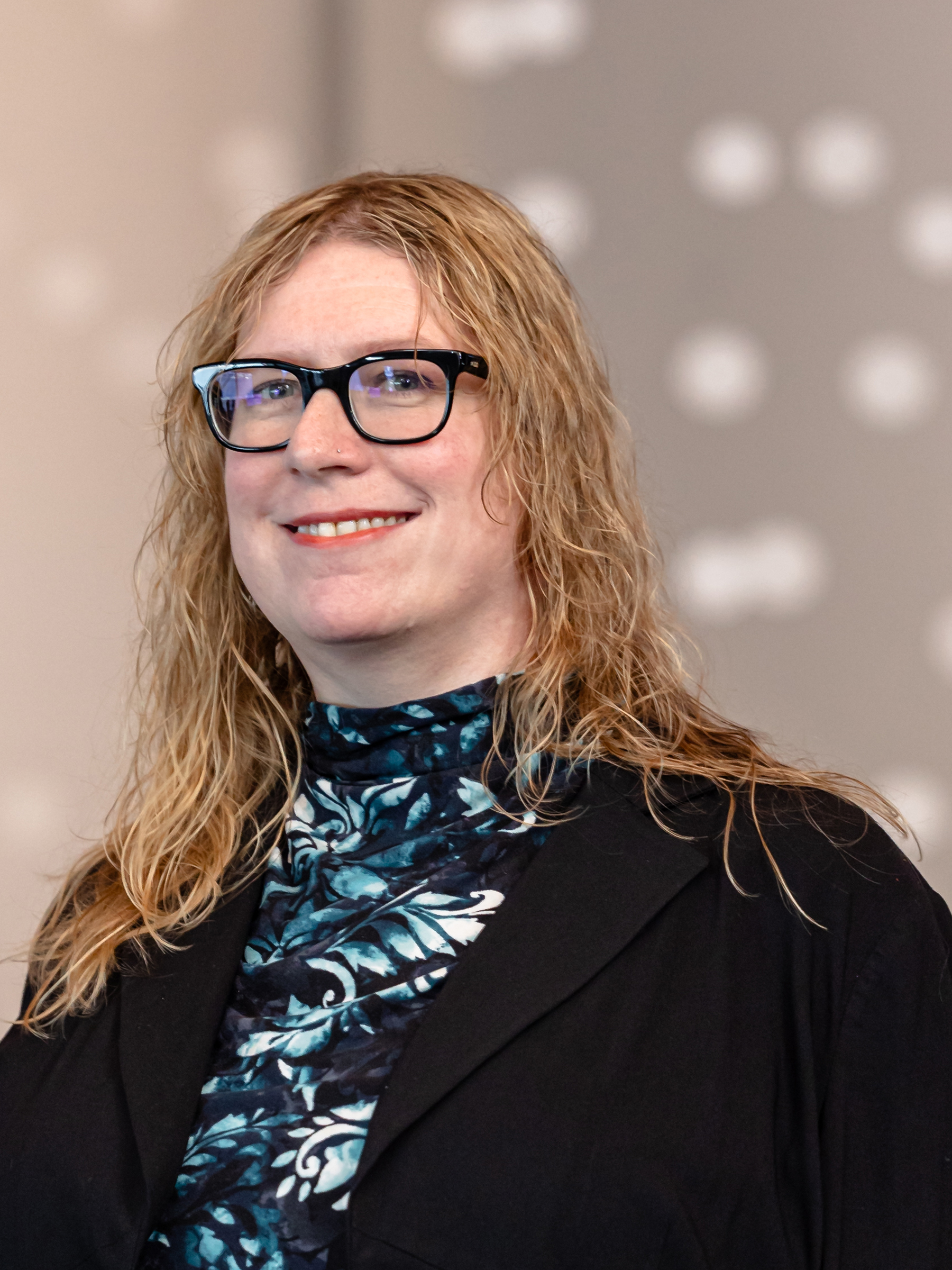
Do safety assessments ever change?
Short answer? Yes, on purpose.
At RIFM, our safety assessments are living documents, designed to evolve as science evolves. That’s why we have a dedicated Safety Assessment Maintenance Program, a proactive effort to revisit and update our previously published safety assessments considering new data, updated methodologies, and shifting regulatory landscapes. Every published safety assessment is reviewed at a minimum of every five years.
As new science becomes available, we don’t just file it away; we apply it. Our job is to ensure that every fragrance ingredient safety assessment we publish reflects the most current and reliable science.
That means continuously scanning the scientific literature, integrating findings from our ongoing research, and applying new tools, like advanced exposure models and New Approach Methodologies (NAMs). It also means reassessing the safety of fragrance ingredients from every angle: systemic toxicity, skin sensitization, genotoxicity, respiratory impact, and more.
Not every safety assessment needs to be updated; in fact, many require no changes at all. (See the current list of evaluated assessments with no updates necessary here.)
We treat safety as a dynamic process, not a one-time conclusion. The Safety Assessment Maintenance Program ensures that our work remains scientifically robust, transparent, and trusted, not just today, but in the future.
Each updated assessment undergoes the same level of expert peer review, scientific scrutiny, and transparency as the original publication. These are published as “Update to” versions in a respected journal and made available, free to the public, through the open-access Fragrance Material Safety Resource Center, hosted by Elsevier.
“Update to” safety assessments covering more than 260 materials are currently published and available, and that number will continue to grow.
Because for us, the conditions necessary for safe use aren’t static, and neither is science.
Leah Jones, Senior Process Coordinator, supports the overall safety assessment process by maintaining fragrance material datasets, establishing team priorities, and developing tools for maximum efficiency.